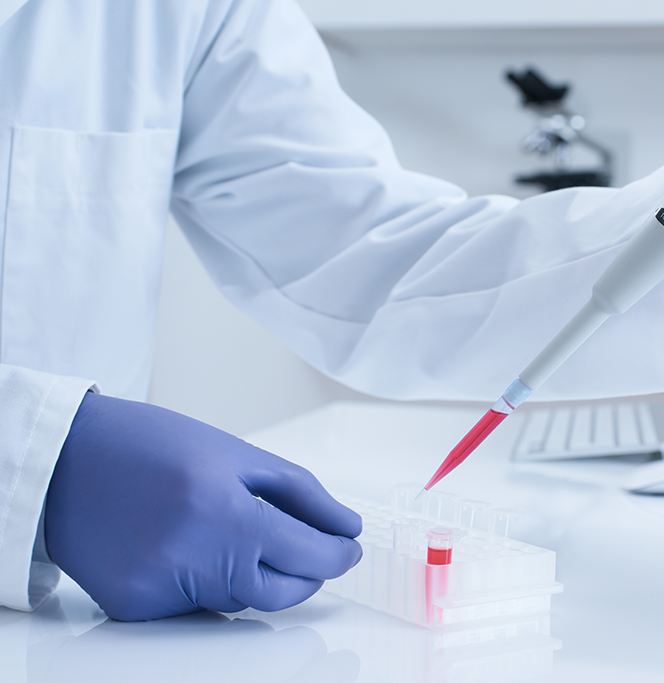

Early stem cell research has traditionally been associated with the controversial use of embryonic stem cells. The new focus is on non-embryonic adult mesenchymal stem cells which are found in a person’s own blood, bone marrow, and fat. Cell therapy around the world is shifting its focus from bone marrow based cells to adipose (fat) derived cells since the cells are easy to obtain and generally very robust. Adipose fat is an abundant and reliable source of stem cells. The California Stem Cell Treatment Center cell harvesting and isolation techniques are based on technology from South Korea, where stem cells have been studied extensively for many years. Autologous stem cells from a person’s own fat are easy to harvest safely under local anesthesia and are abundant in quantities up to 2500 times those seen in bone marrow.
The California Stem Cell Treatment Center cell harvesting and isolation techniques are based on technology from South Korea. Clinical success and favorable outcomes appear to be related directly to the quantity of stem cells deployed. This is a technological breakthrough as it allows patients to safely receive their own autologous stem cells in extremely large quantities. Once the adipose-derived stem cells are administered back to the patient, they have the potential to repair human tissue by influencing healing and also forming new cells of mesenchymal origin, such as cartilage, bone, ligaments, tendons, nerve, fat, muscle, blood vessels, and certain internal organs. Stem cells’ ability to form cartilage and bone makes them potentially highly effective in the treatment of degenerative orthopedic conditions. Their ability to form new blood vessels and other tissues makes them suitable for mitigating a large number of traumatic and degenerative conditions.

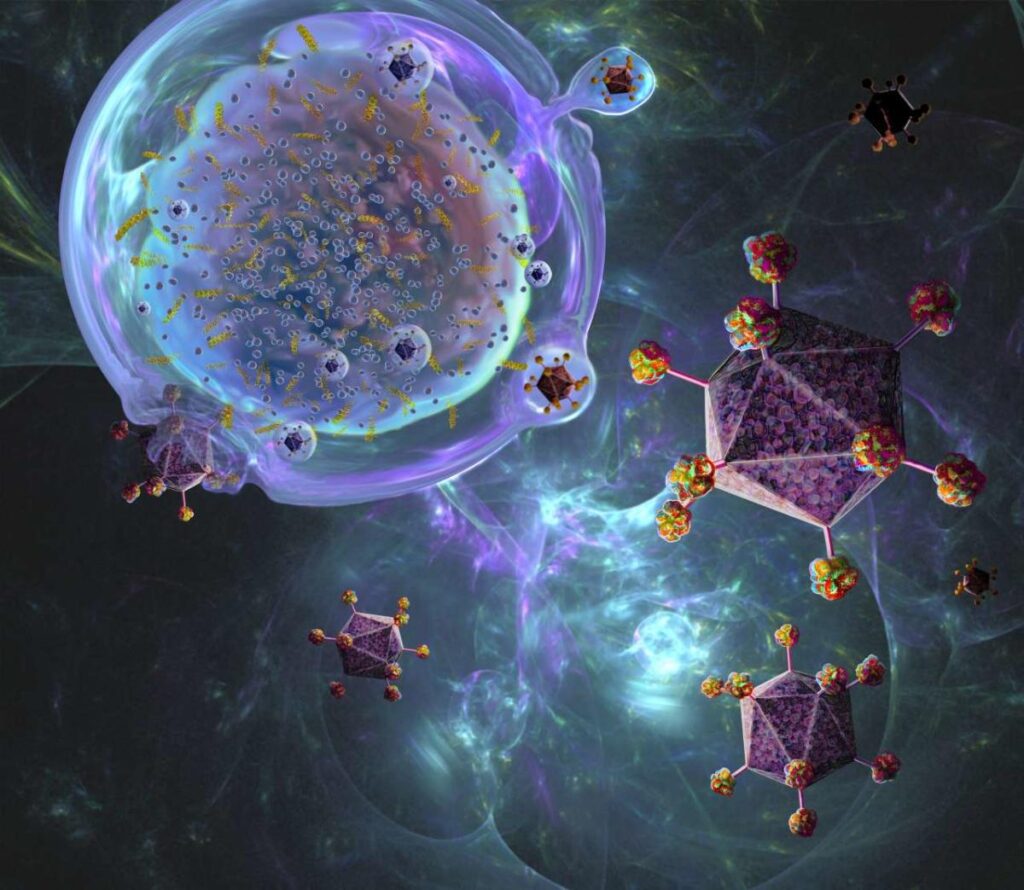
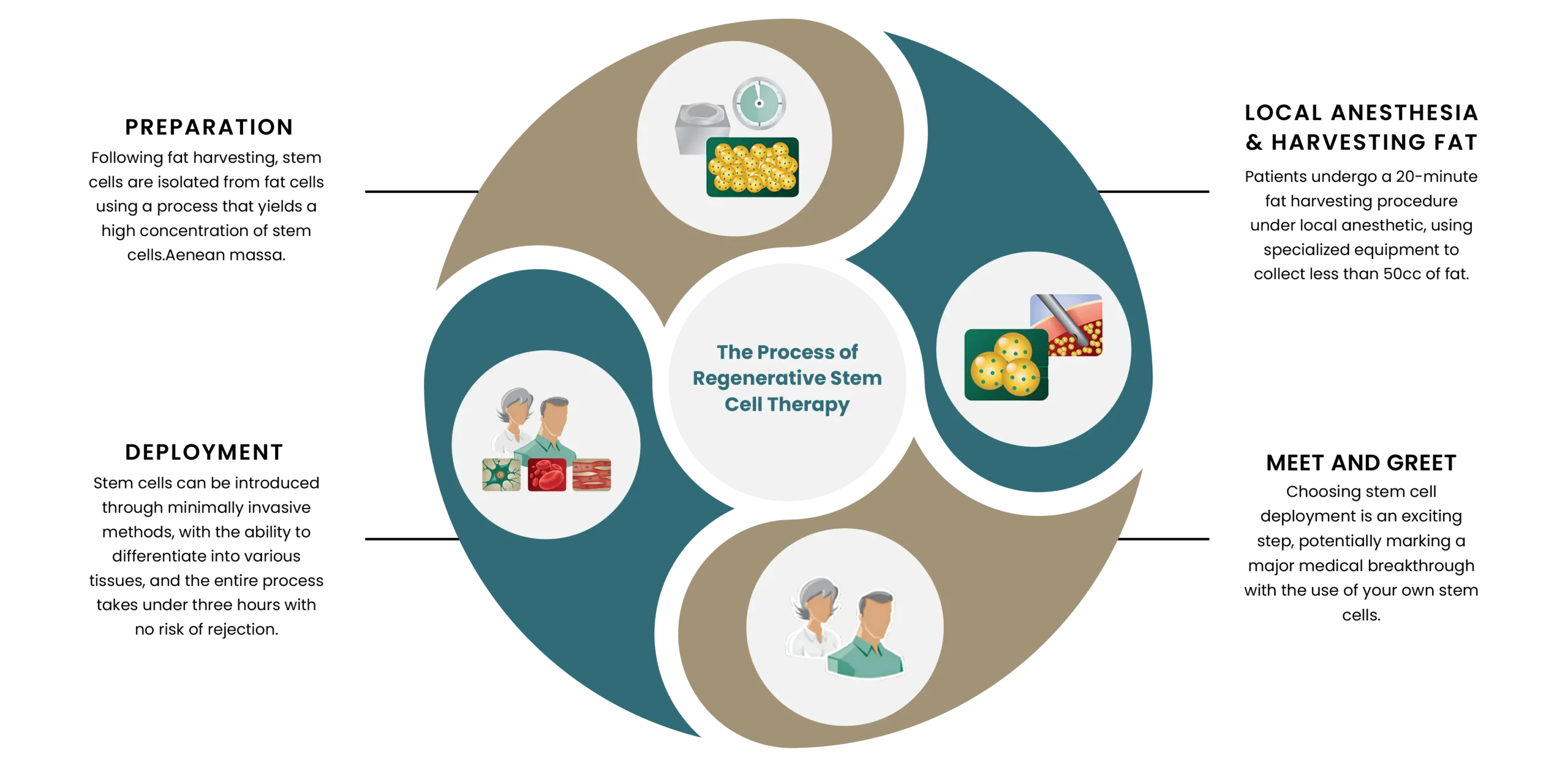
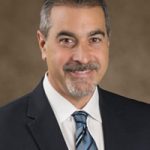
Dr. Elliot Lander, a Board-Certified Urologist, is Co-Founder and Co-Medical Director of California Stem Cell Treatment Center,

Dr. Grogan is a practicing pediatric orthopedic surgeon at Pacific Coast Sports Medicine in Los Angeles. Dr. Grogan graduated cum
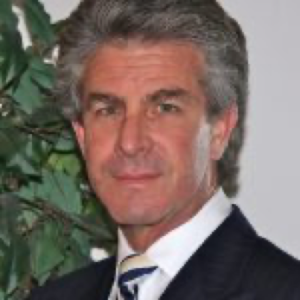
Mark Berman, MD, is an internationally renowned expert in the field of regenerative medicine and cellular therapy
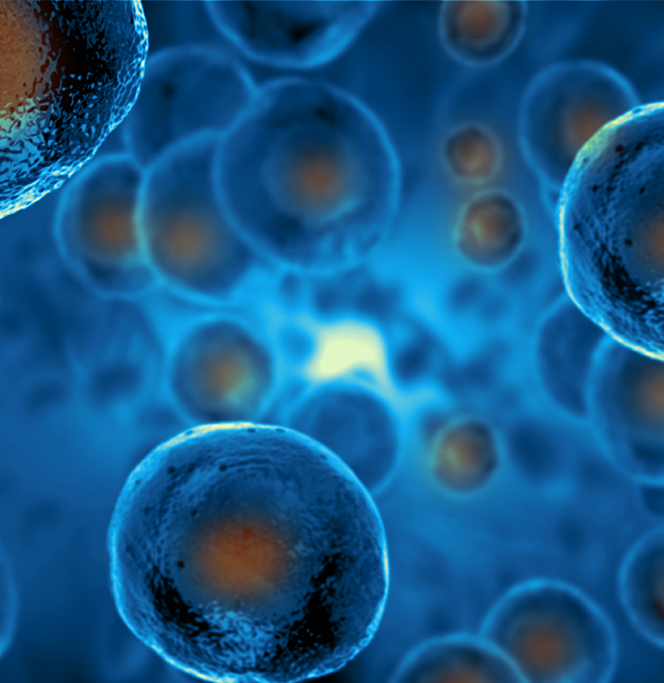
Our own Dr. Mark Berman, of the California Stem Cell Treatment Center, is featured in Episode 4. To learn about this important film, click here.
If you have additional questions on how stem cells work and how they relate to your condition, contact us today to schedule your free, no-obligation consultation.
To get the process started, simply fill out our short Confidential Candidate Application
A stem cell is basically any cell that heal other cells and tissues. Stem cells can both replicate to duplicate itself and also differentiate (form other cells and tissues upon demand). A commonly heard term is “adult” stem cell. These are stem cells that come from umbilical tissue, bone marrow or fat.
Why Use Fat? The California Stem Cell Treatment center’s cell harvesting and isolation techniques are based on technology from South Korea. We use adipose (fat) derived stem cells for investigational clinical treatments Early stem cell research has traditionally been associated with the controversial use of embryonic stem cells. The new focus is on non-embryonic adult mesenchymal stem cells which are found in a person’s own blood, bone marrow, and fat. Cell therapy around the world is shifting its focus from bone marrow based cells to adipose (fat) derived cells since the cells are easy to obtain and generally very robust. Adipose fat is an abundant and reliable source of stem cells. The best quality adipose stem cells are derived from the enzymatic digestion of lipo-suctioned fat which can be performed at the bedside in a closed system to protect sterility. Autologous stem cells from a person’s own fat are easy to harvest safely under local anesthesia and are abundant in quantities up to 1000 times those seen in bone marrow. Fat derived stem cells have the same telomere length (cellular age) as umbilical stem cells for the first four decades of life, but consistently remain younger than bone marrow stem cells at any chronologic age. The fat derived cells also grow in culture and differentiate faster than the bone marrow derived stem cells that are commonly used.
Regenerative Medicine is the process of creating living, functional tissues to repair or replace tissue or organ function lost due to damage, or congenital defects. This field holds the promise of regenerating damaged tissues and organs in the body by stimulating previously irreparable organs to heal themselves.
Traditionally, we have used various medications and hormones to limit disease and help the body repair itself. For example, hormone replacement therapy has, in many cases, shown the ability to more optimally help the immune system and thus help us repair diseased or injured tissues. Genetic research is an evolving area where we will eventually learn and utilize more ways of specifically dealing with gene defects causing degenerative disease. Stem cell therapy has already shown considerable promise in alleviating many degenerative conditions. Stem cells communicate with our tissues to provide regenerative and healing signals through a complex signaling system mediated by exosomes (containing genetic material) and also peptide cytokines or “growth factors,” which can promote regeneration.
No, The California Stem Cell Treatment Center’s surgical procedures fall under the category of physician’s practice of medicine, wherein the physician and patient are free to consider their chosen course of treatment. The FDA does have guidelines governing use of a patient’s own tissues. At the California Stem Cell Treatment Center, we meet certain FDA requirements by providing the “same surgical procedure” exclusion using a patient’s own cells that undergo no manipulation and are deployed during the same procedure.
Many patients have heard compelling testimonials about stem cells in the through marketing website, brochures, and on various websites where one can read about remarkable results of stem cell treatments. California Stem Cell does not believe in such marketing claims or testimonials since our work is still investigational. Nevertheless, we are data driven and we are a resource for patients who need access to regenerative care. California Stem Cell gives a choice to those informed patients who seek modern regenerative therapy but desire convenience, quality and affordability.
© 2024. Stemcellca.com, LLC All Rights Reserved